Affiliate links on Android Authority may earn us a commission. Learn more.
LG G5 vs iPhone 6S: a risky bet and its polar opposite
Published onApril 7, 2016
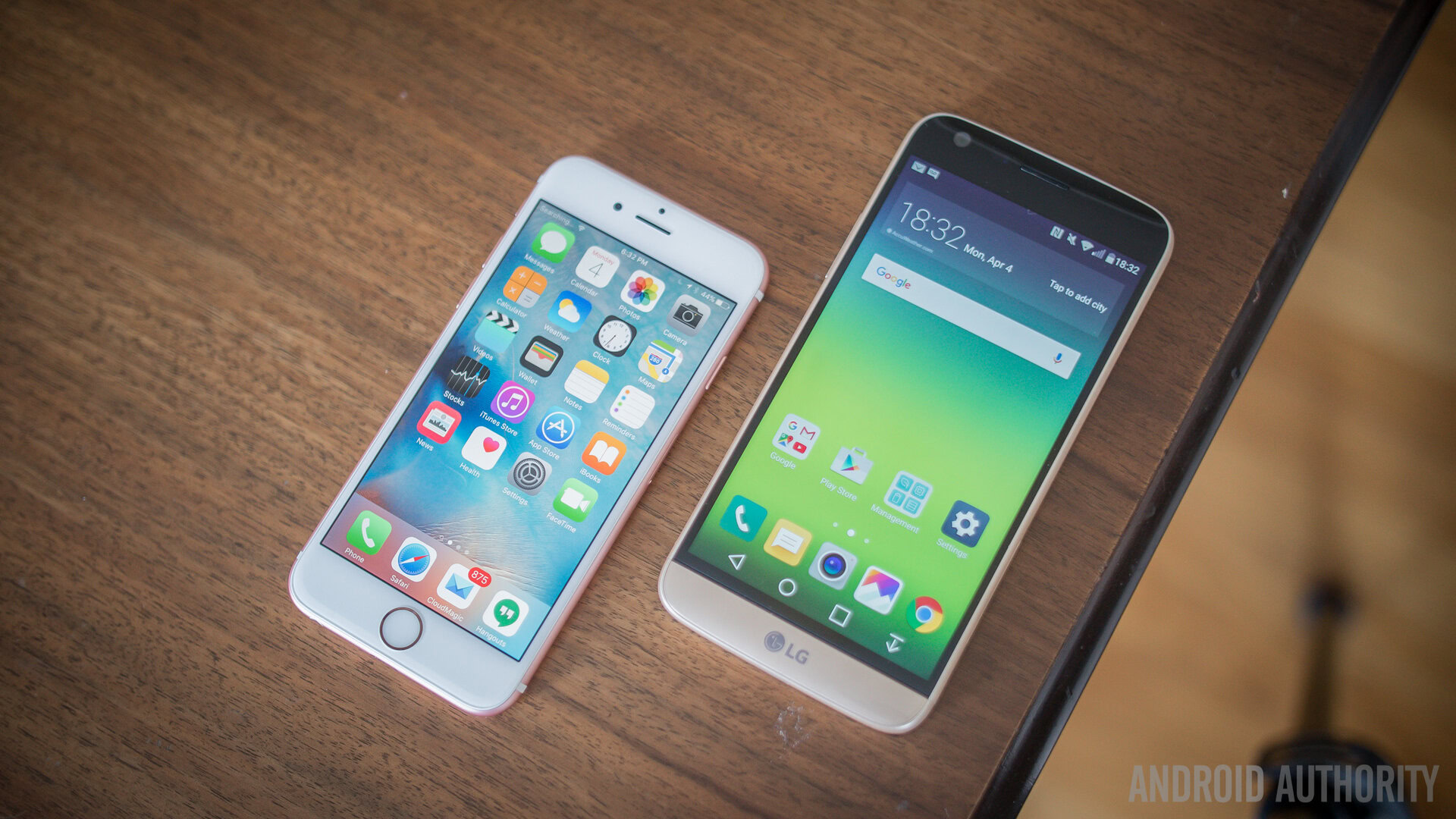
Before the release of the LG G5 at MWC in February, it was clear for everybody that LG needed to bring something new and exciting to the table. LG did that and much more: not only is the G5 unlike any LG phone before it, it’s different from any other phone on the market right now.
But different isn’t necessary better, and the phone we’re pitting against the LG G5 today is living, thriving proof that you don’t need a redesign, or flashy new features, to be incredibly popular.
Don’t miss:
The iPhone 6S is a typical “S release” in Apple’s yearly cycle, but does it hold its own against the new G5? With the caveat that the G5 unit we tested for this comparison was a pre-production model, here’s our close look at the LG G5 vs. Apple iPhone 6S. (And keep it tuned to Android Authority for the full review of a production LG G5, coming very soon.)

Starting with the phone that we’re all familiar with, the iPhone 6S brings the same polished design and construction we’ve come to expect from Apple phones, with a smooth metallic build and the iconic circular home button that integrates a fingerprint reader. At 4.7-inches, the iPhone 6S remains one of the smallest smartphones around and that gives it a non-trivial edge over competitors – it’s very easy to hold and use.
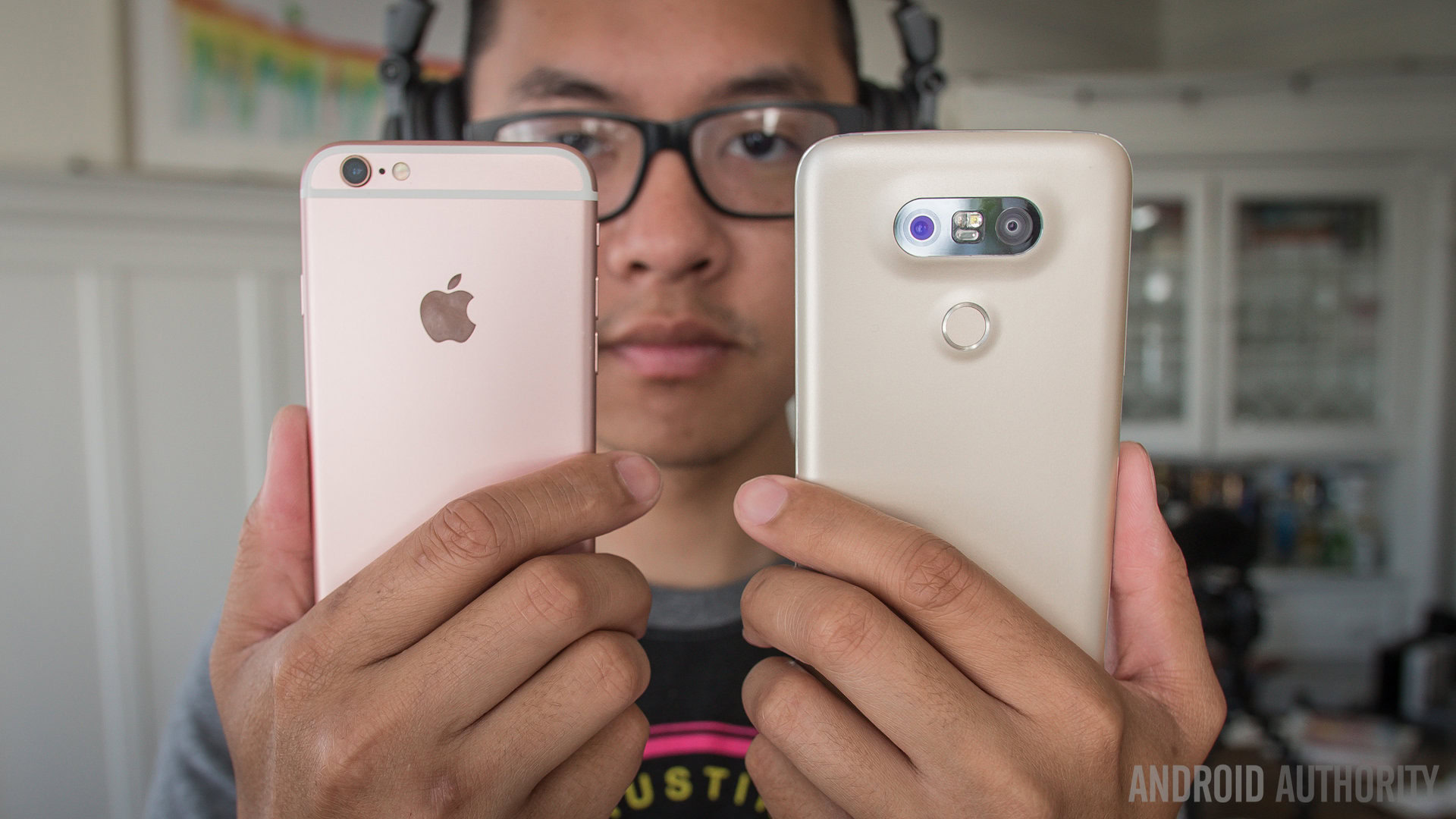
The 5.3-inch LG G5 is not that big, but it’s anything but familiar. If you know and love and the signature rear mounted buttons of previous G series devices, you’ll be sad to see them gone. Well, not completely gone, because the fingerprint sensor on the back does integrate the power button. But unless you decide not to register a fingerprint, you won’t need to actually push that button, because waking and unlocking the LG G5 only requires a quick tap on the sensor.
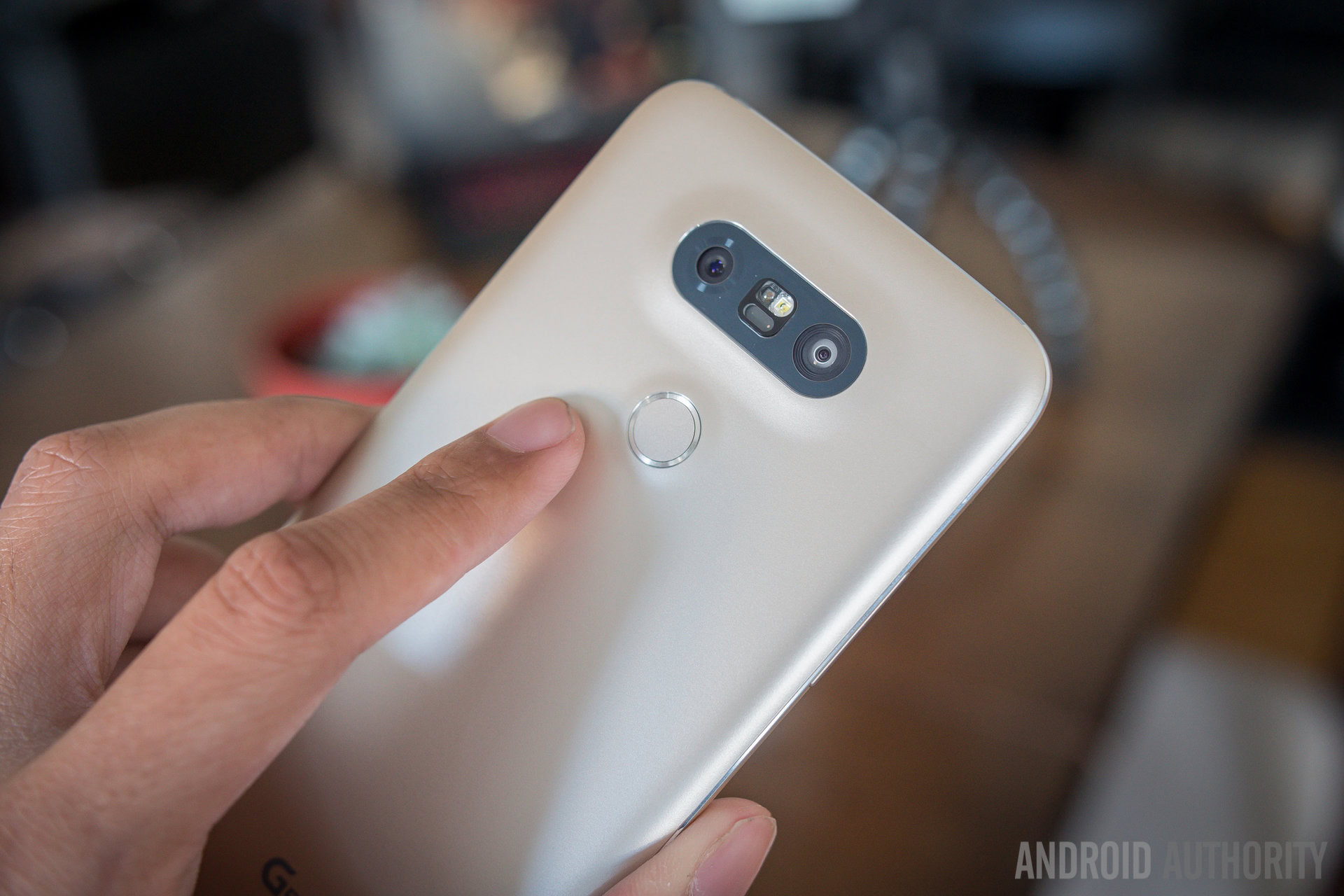
The volume rocker is back on the side, while the top of the LG G5 is dominated by the dual-camera module. The two lenses give the phone a robotic visage that has proven quite controversial so far, but we suggest you check out the device in person if you want to make an accurate idea of how the phone actually looks and feels.
The curve at the top of the G5’s screen looks pretty nice and LG claims it improves the quality of the sound coming out of the earpiece when taking calls. A small button on the lower side lets you unlock the bottom cap and then change the battery for a fresh one or add a module. We’ll talk more about these modules in our full review, but for now we want to give credit to LG for trying something totally new.
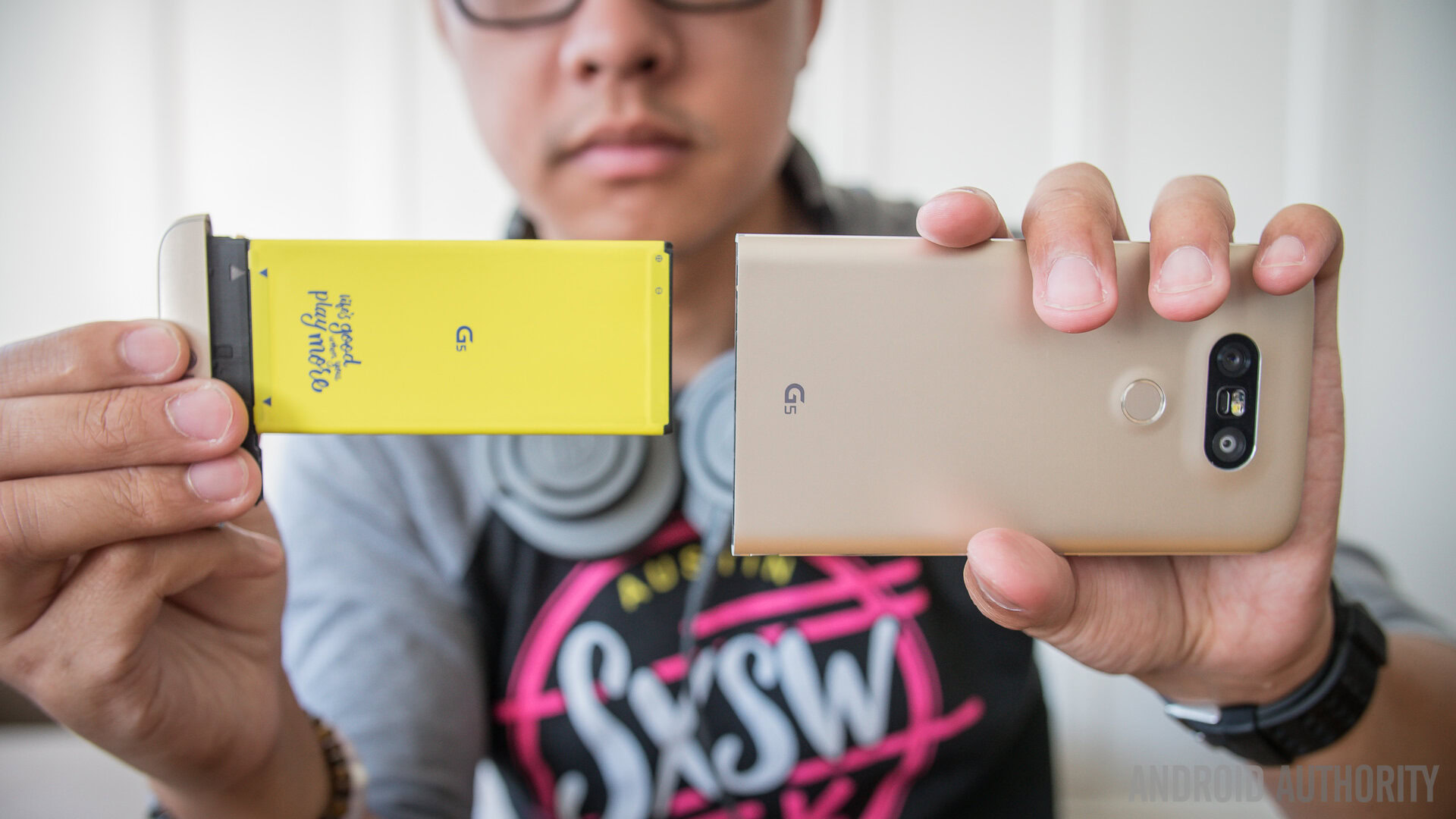
The G5 may crash and burn, but it could also be a harbinger of the future of smartphones. A future where modularity and flexibility are the norm. In the other corner, the iPhone 6S is a safe, if boring release designed to please mainstream buyers that couldn’t care less about future tech. It’s an interesting contrast, to say the least.
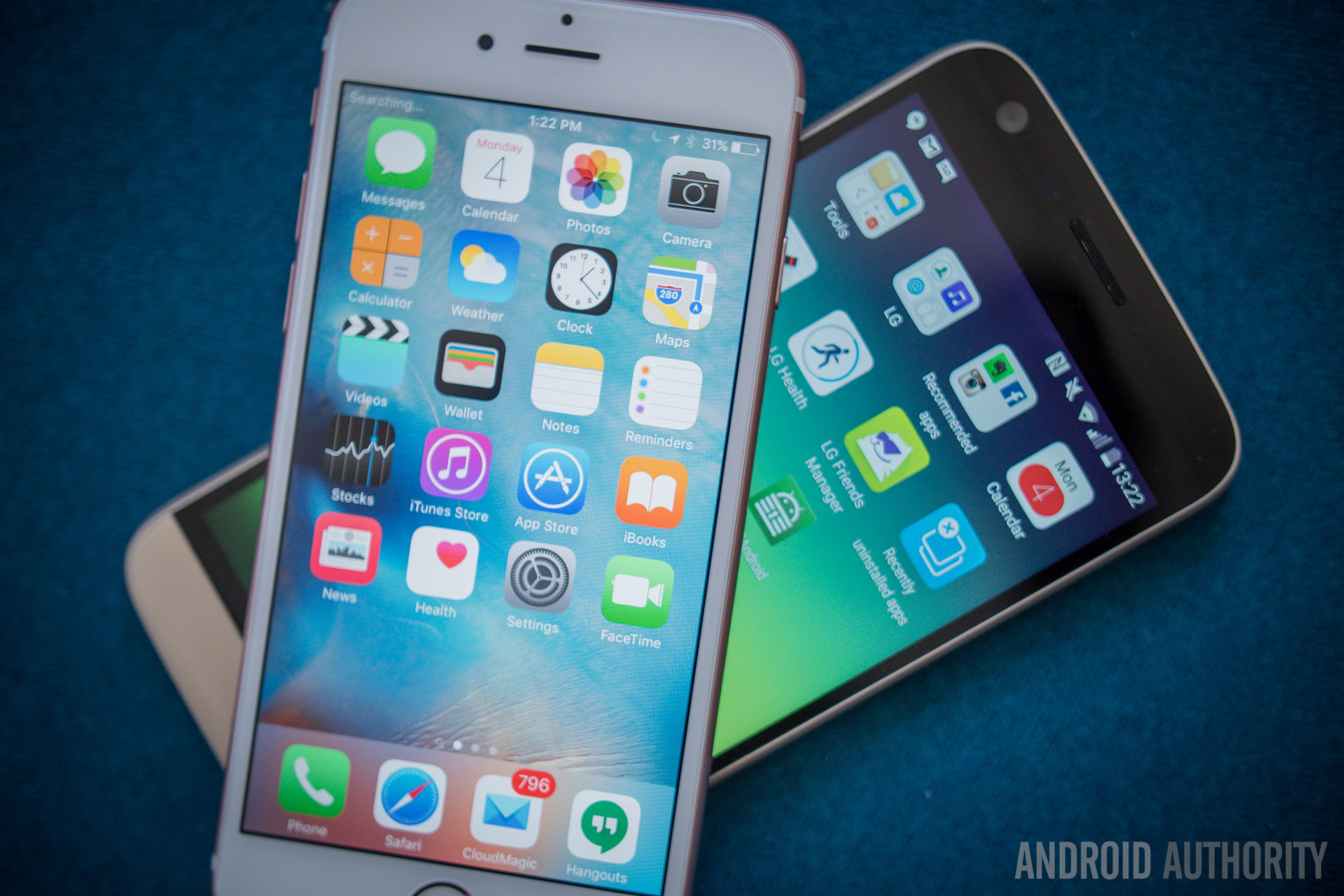
Both phones feature IPS LCD displays, and given that LG Display is one of Apple’s most important suppliers, there’s a chance they both came off the same production lines. The similarities end there – the Quad HD G5 has an extra 0.6-inch of real estate and a ton more pixels, compared to the iPhone 6S, which features a 1334 x 750 display, roughly equivalent with the HD standard.
Both devices offer nice colors and viewing angles, but if media consumption is high on your list of daily activities, you’ll definitely be better off with the more generous LG G5.
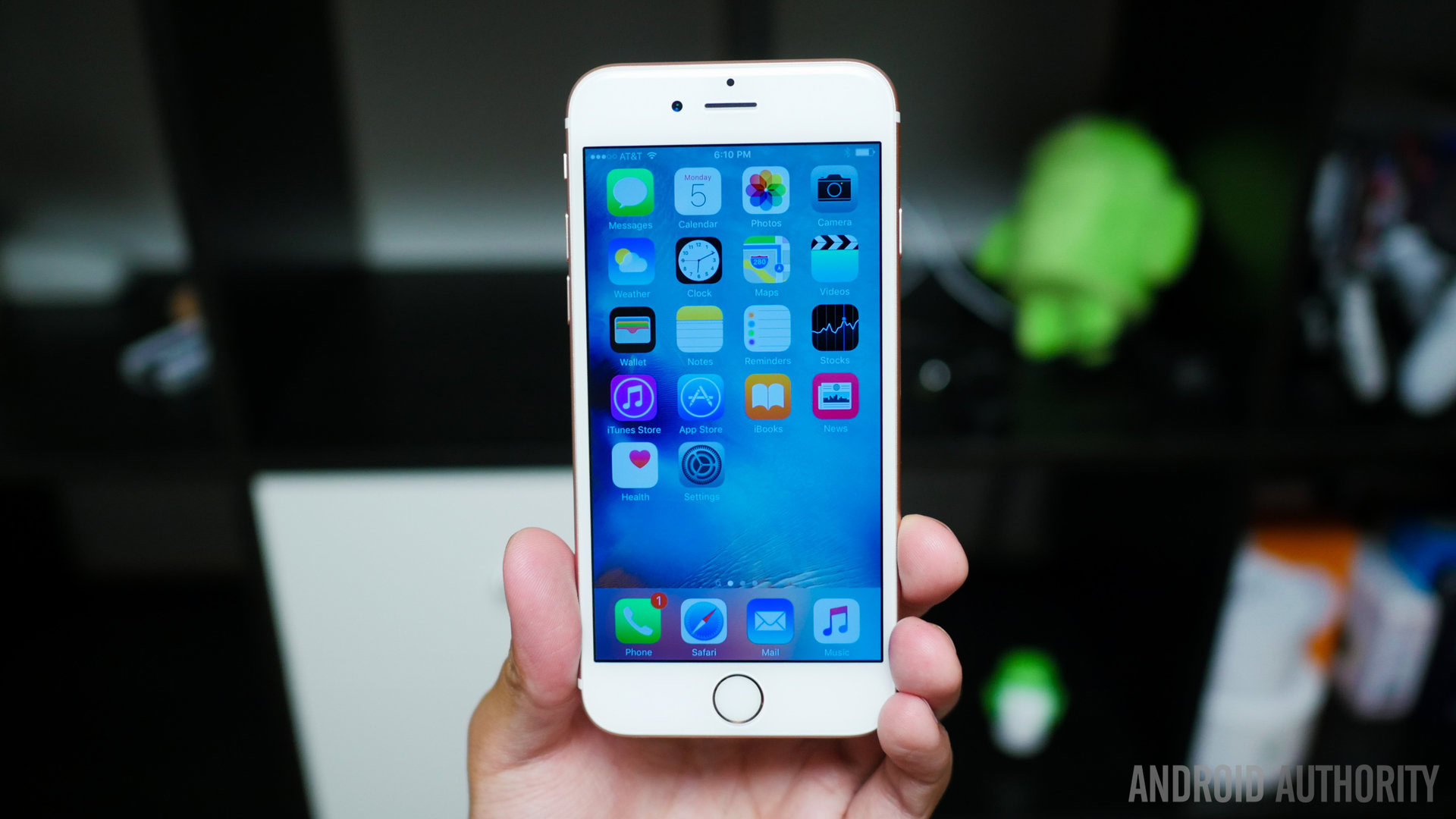
At least on paper, the display specs gap extends to the performance chapter. That said, the 2GB of RAM and the well-optimized dual-core processor inside the iPhone 6S ensure a very fluid operation. The same can be said about the LG G5, which boasts the fast Snapdragon 820 processor with an Adreno 530 processor and 4GB of RAM. Again, we’re talking about pre-production, but the G5 definitely managed to keep up with the iPhone.
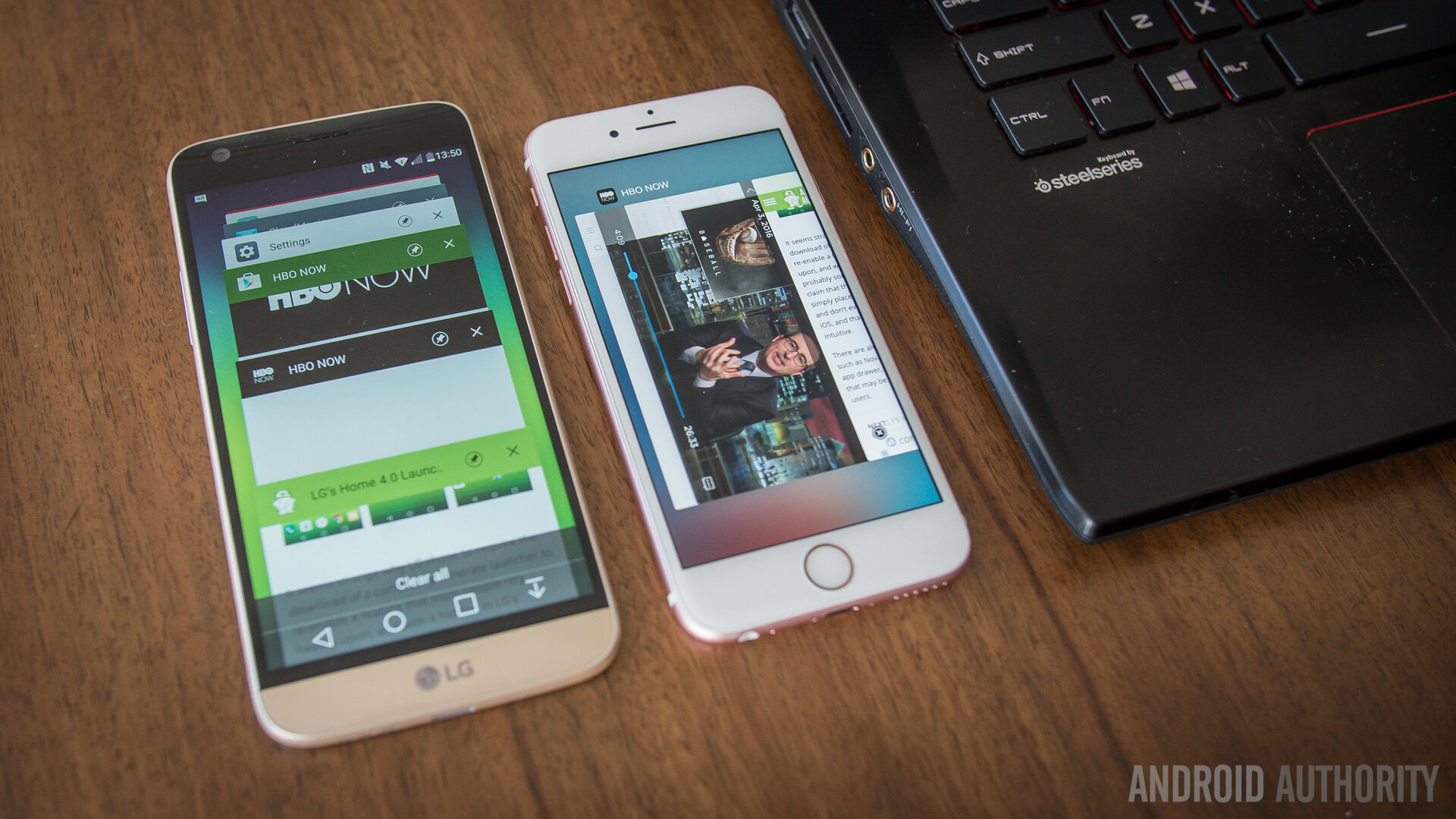
The G5 features 32GB of storage space, with the option to tack on more with a microSD card, while the iPhone 6S starts from 16GB and goes up to 128GB. You will need to pay a pretty penny for the higher storage tiers.
The fingerprint sensors work great on both phones, though as we mentioned above, the G5’s is slightly easier to use because it only requires a tap.
We’ll only touch briefly on the battery life of the G5 (we’ll reserve that for the review), but we will say it does a decent job compared to other flagships. In the other camp, you just can’t deny the reality that the 1715-mAh iPhone 6S will have a hard time getting you through a day.
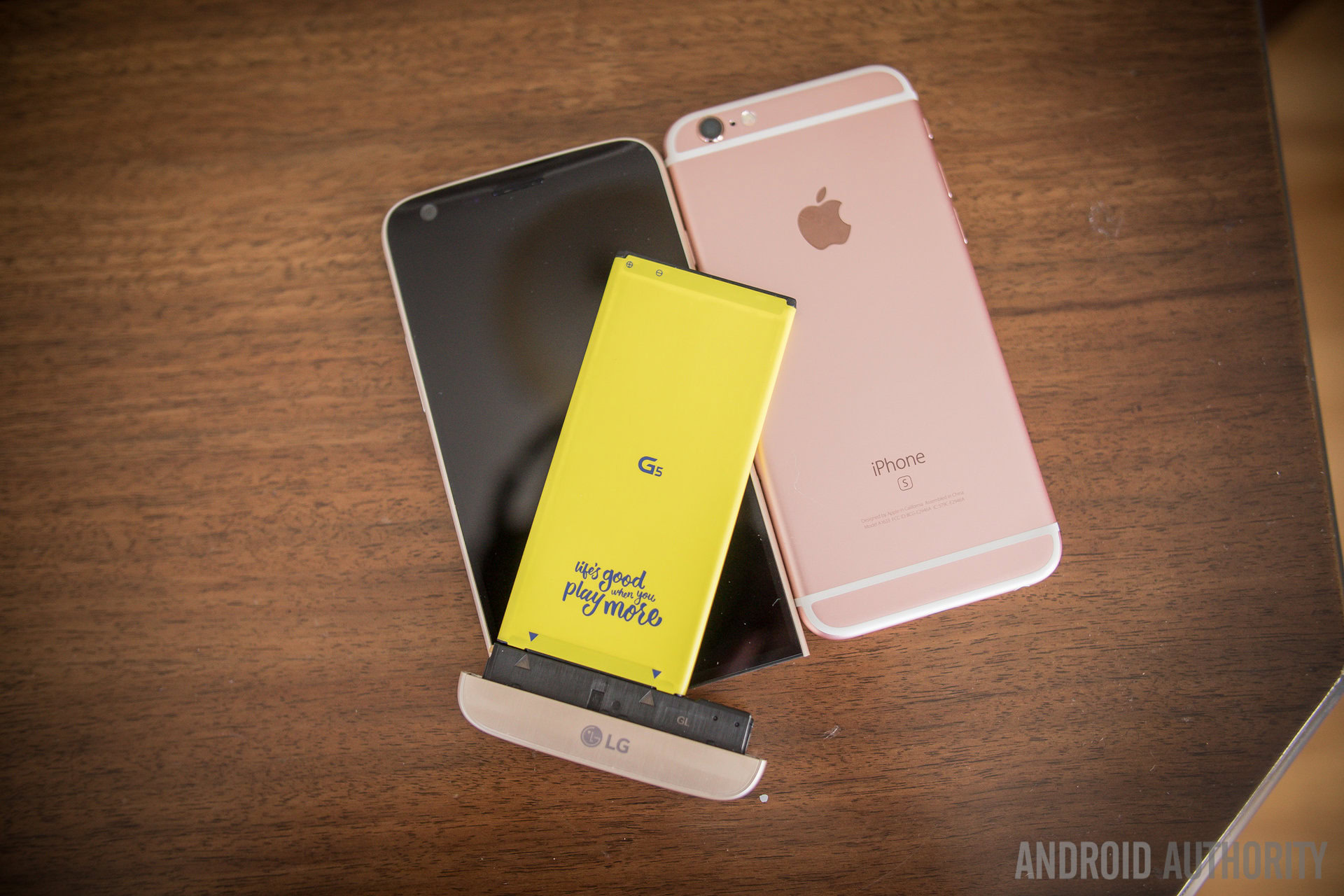
The iPhone 6S features a 12MP camera with no OIS or any manual controls. Despite this, the device takes some great shots and the iPhone 6S still has one of the best-reviewed cameras out there.
The LG G5’s camera is just as striking as its modular design, with its dual sensors and lenses, one of which boasting an ultra-wide 135 degrees viewing angle. The main camera is 16MP and the app offers full manual controls, but the real fun comes from switching on the fly between the regular lens and the 8MP wide-angle camera. This allows you to capture some striking shots that you simply wouldn’t be able to get on most other smartphones, and it’s definitely a feature that we love.
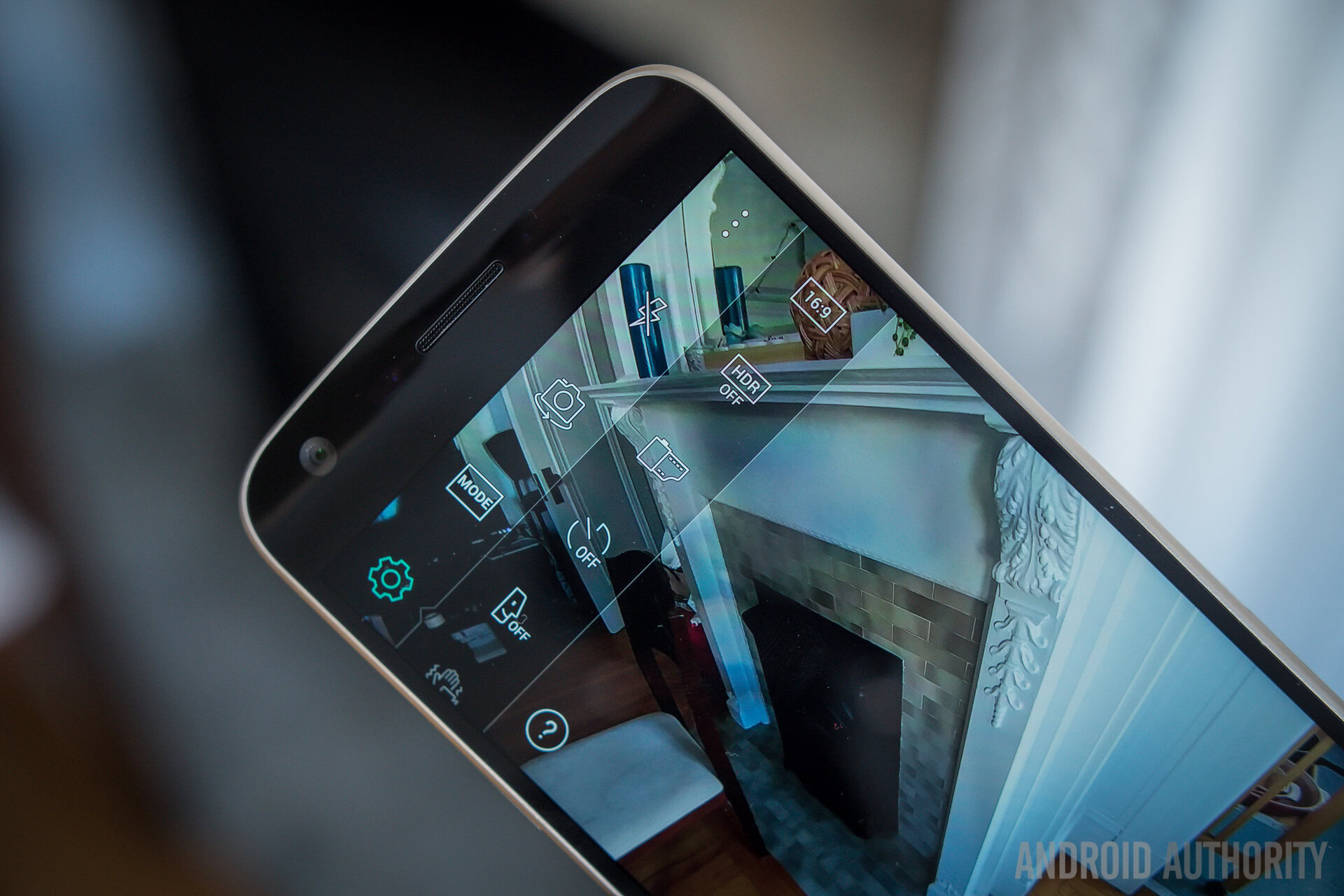
Here are a few samples shot with both phones, and, if you’re interested in the G5, and we’ll have a whole lot more coming in our coverage of the production model over the next days.
iPhone 6S camera samples
LG G5 camera samples
The removal of the app drawer from the default UI of LG G5 has sparked many heated discussions, but LG semi-backtracked by offering the option to use a launcher that does feature an app drawer. Another feature that we thought was gone from the G5, when it’s actually just hidden, is Q Slide, which lets you put shortcuts to certain apps right in the notifications dropdown. Visually, the G5’s UI has received a makeover, now featuring a new color scheme and minimalistic icons.
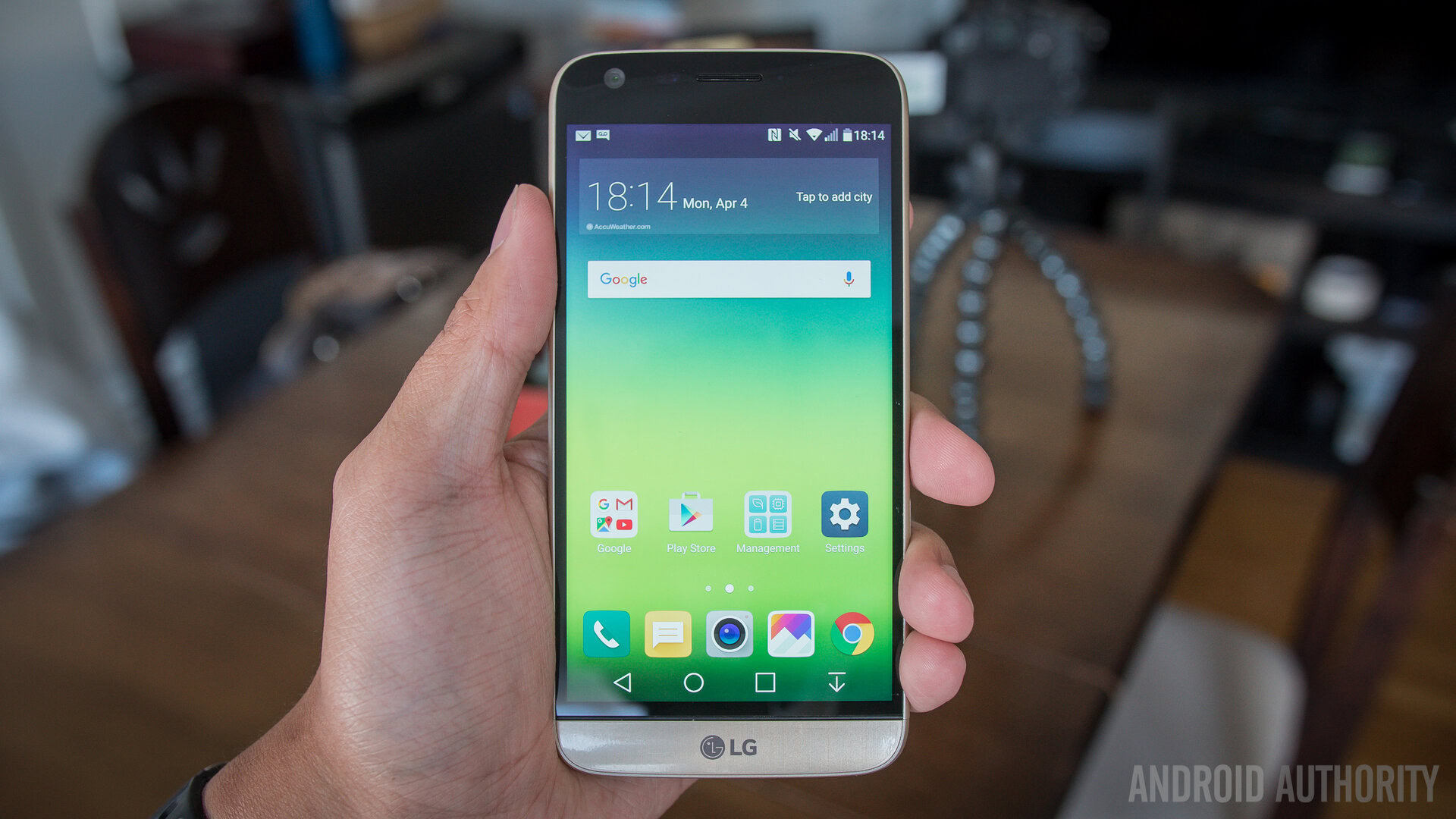
iOS 9 keeps the tropes Apple users have been familiar with for many years, with the main addition being the ability to “force touch” elements of the UI to open up additional interaction options. It’s a feature that’s nice to have, but it’s not something most users will miss if it went by the wayside.
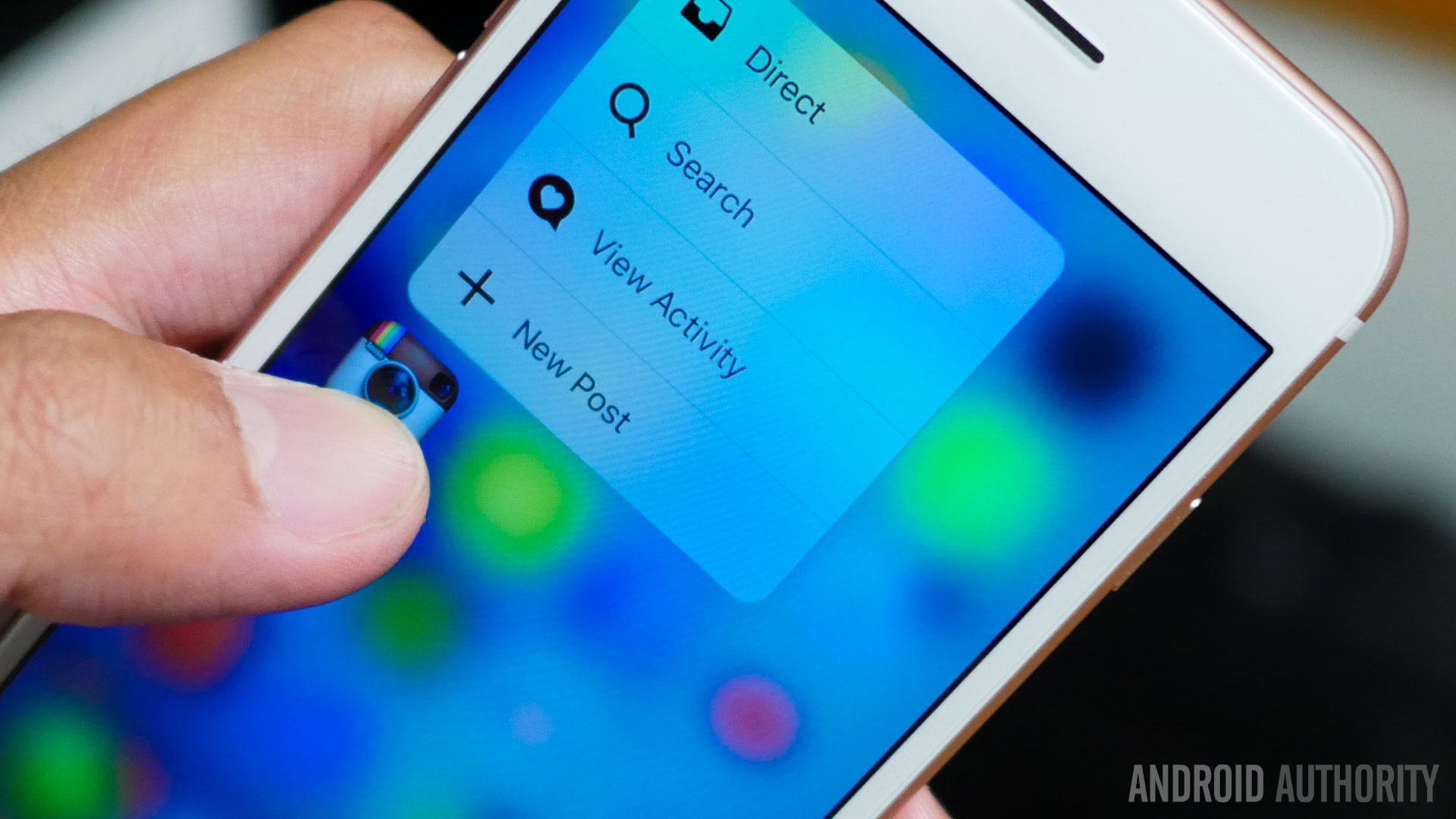
Getting back to the LG G5, while the lack of an app drawer may confound some users, Android remains as customizable and powerful as ever. One last thing to note here is the Always On Display. With Always On activated, the G5, even when it’s sleeping, shows the time and date along with some key notifications like calls and messages. The idea here is to reduce the number of time you wake up the phone just to check on the time or missed calls, but it’s up to you if you’ll actually like this feature.
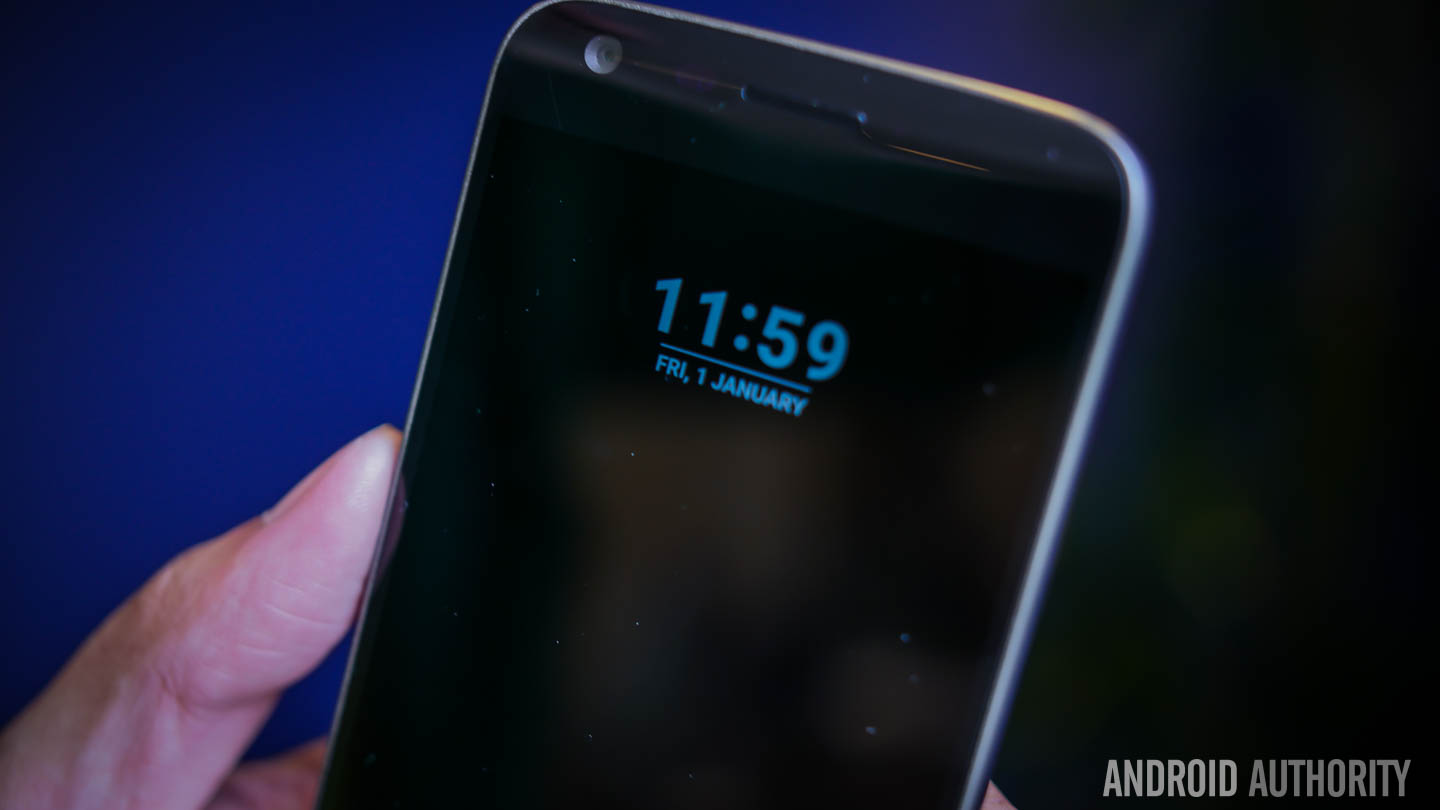
The LG G5 has just arrived to the market at a price that puts it in the same bracket with other top of the line Android smartphones. The good news is you might be able to grab it in a bundle with one of its Friends (CAM Plus, Hi-Fi Plus) or with an extra battery and charging cradle. At least unlocked, the iPhone remains as expensive as ever.
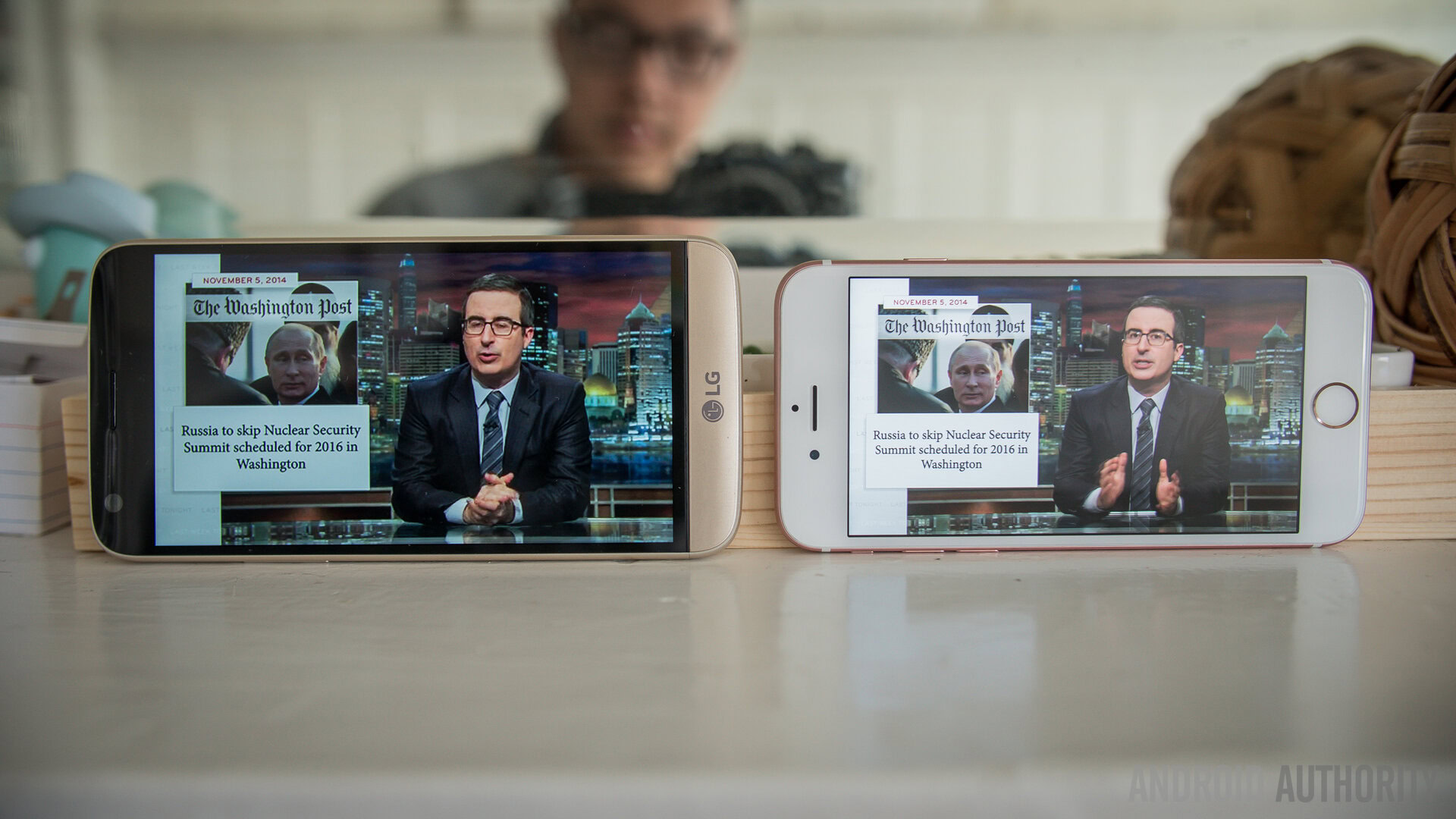
There you have it for our overview of the main differences between the LG G5 and the Apple iPhone 6S. It’s clear that we’re looking at two completely different approaches to product design. On one hand, we have a phone that’s as interesting as it is risky. On the other, a phone that is definitely excellent, but nothing about it is exciting. It’s up to you to decide what you value most.